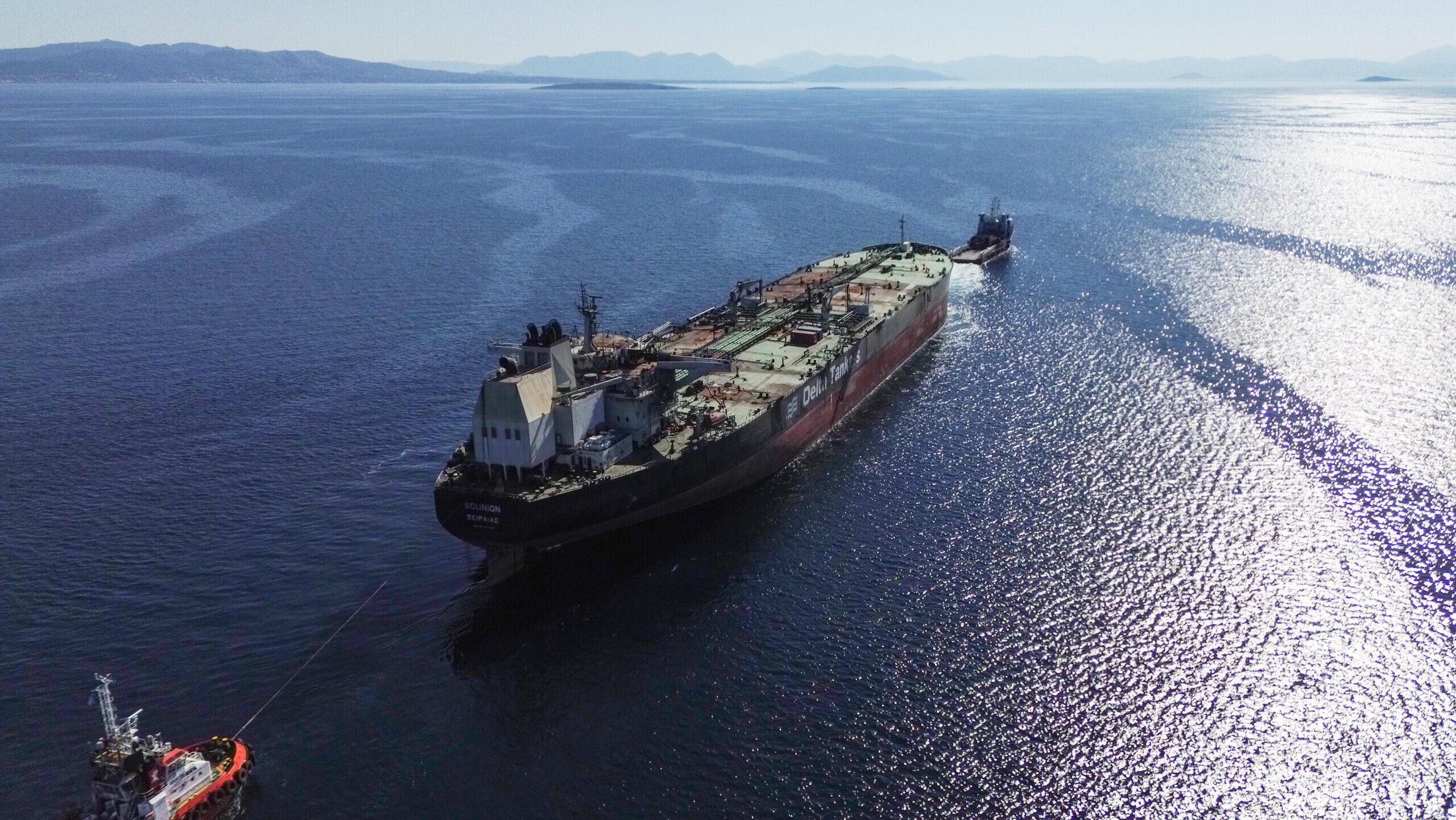OPINION – Red Sea Calm Follows Trump-Ordered Assault on Houthi Strongholds
A major US operation crippled Houthi military capabilities after months of drone and missile attacks on global shipping
Since November 2023, the Red Sea, Bab el Mandeb Strait, and Gulf of Aden have witnessed an unprecedented escalation in threats to international navigation by the terrorist Houthi militia. The group has intensified its attacks using ballistic missiles and drones, targeting commercial vessels and oil tankers, disrupting global shipping, and prompting many shipping and energy companies to reroute far from these vital waterways.
This escalation has allowed the Iranian regime to project the reach of its proxies, leveraging regional instability after the October 7 attacks to assert control over one of the world’s most important maritime routes. Such actions blatantly violate international law and pose a direct threat to global energy security and trade.
Between November 2023 and May 2025, the Houthis carried out more than 300 attacks, organized in five distinct phases, on commercial ships and oil tankers. These operations damaged over 30 vessels, sank several, and killed four sailors, while also causing severe environmental pollution.
By the end of 2023, ship traffic through the Bab el Mandeb Strait had dropped 90%, with rates remaining 68–70% lower by mid-2024. Rerouted vessels faced delays of up to 14 days and incurred millions of dollars in additional costs per voyage.
In response, the United States launched Operation Guardian of Prosperity in December 2023 to safeguard navigation. The European Union followed with Operation Aspides in February 2024. Both missions were defensive and avoided preemptive strikes in Houthi-controlled areas—an approach that failed to stop or degrade the militia’s capabilities.
Although the US and UK later conducted limited strikes, these proved insufficient to deter the Houthis, prompting a reassessment of operational rules.
This holiday season, give to:
Truth and understanding
The Media Line's intrepid correspondents are in Israel, Gaza, Lebanon, Syria and Pakistan providing first-person reporting.
They all said they cover it.
We see it.
We report with just one agenda: the truth.


In March 2025, US President Donald Trump ordered a large-scale military operation, codenamed “Rough Rider,” targeting Houthi command centers, weapons depots, and communication systems.
This campaign severely impaired the Houthis’ ability to operate, resulting in a period of relative calm in the Red Sea, Bab el Mandeb, and the Gulf of Aden.
Experience shows that easing pressure on a transnational terrorist group like the Houthis only invites further aggression and escalation.
Any truce or halt in military pressure gives the group time to review its failures, reposition forces, and rebuild capabilities with renewed Iranian support.
Intelligence reports reveal a sophisticated Houthi smuggling network extending from Iran’s coast through the Gulf of Aden to armed groups in the Horn of Africa and across the Red Sea. This network is sustained by the Iranian Revolutionary Guard and includes the trafficking of weapons, personnel, and military technology.
Despite successes in degrading the Houthis’ naval and aerial capacities, defeating their broader strategy requires decisive ground operations.
Support for the Yemeni army to conduct large-scale offensives and recapture the remaining territory under Houthi control is both a national imperative and a strategic priority, equal in importance to aerial and naval deterrence.
Establishing a ground presence would cut off the Houthis’ sources of power, disrupt supply routes, and neutralize launch and storage sites. It would also restore the authority of Yemen’s state institutions and reshape the situation on the ground. Such a deployment would restrict Houthi access to smuggling corridors, strengthen regional stability, and provide more lasting protection for international shipping lanes in the Red Sea, Bab el Mandeb, and the Gulf of Aden.
The Houthi threat to maritime security extends beyond Yemen’s borders. It endangers the global order that depends on free trade. The international community—especially the United States and its partners—has a historic responsibility to capitalize on the weakening of the Tehran axis, sustain political and military pressure, and dismantle the financial and logistical networks that enable the Houthis to operate.
Allowing the group to rebuild its capabilities would give Iran control over two of the world’s most strategic chokepoints—the Strait of Hormuz and the Bab el Mandeb—turning the Red Sea into a hostage of a rogue terrorist regime.
The confrontation in the Red Sea is not only about the Houthis. It is about stopping an expansionist Iranian project that weaponizes transnational terrorist groups. Only sustained deterrence—not temporary ceasefires—can secure international shipping lanes and preserve the global order.
Restoring full control of Yemeni territory and backing the national army remain the cornerstones of a lasting victory over Iranian-Houthi terrorism.


